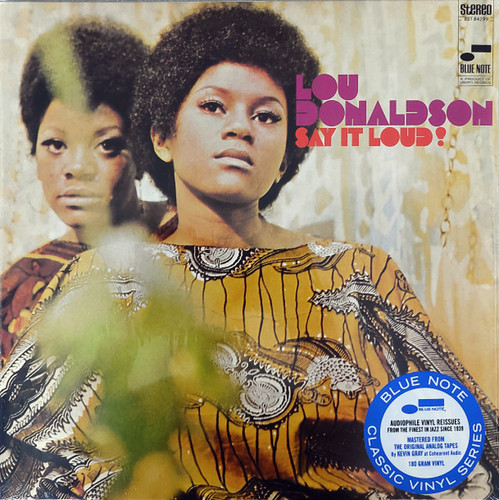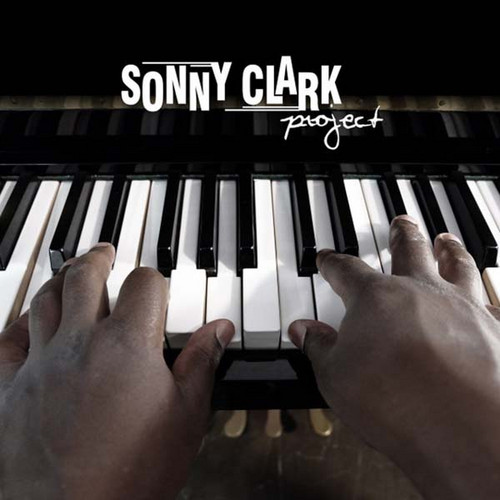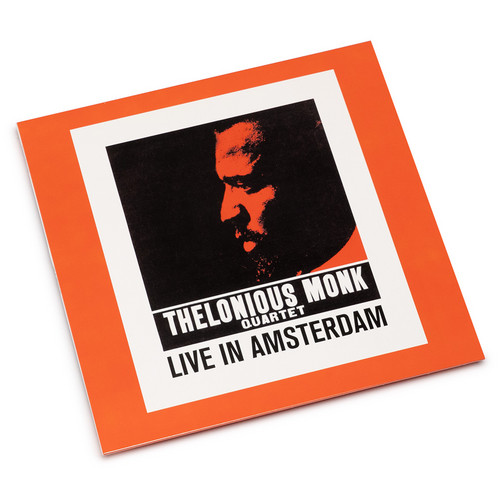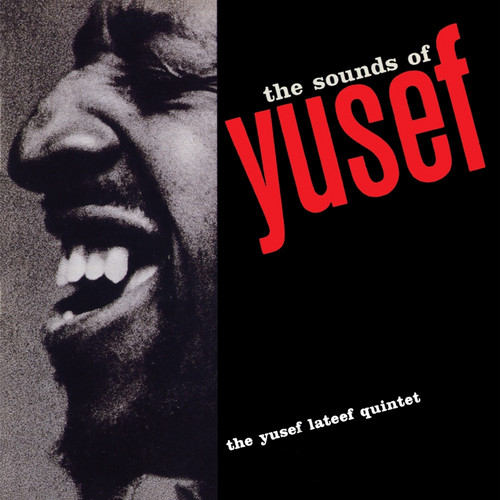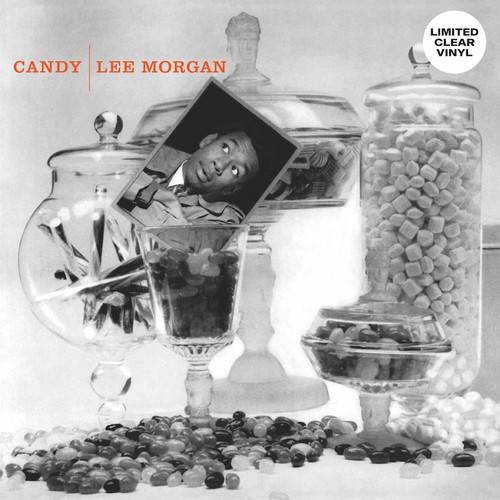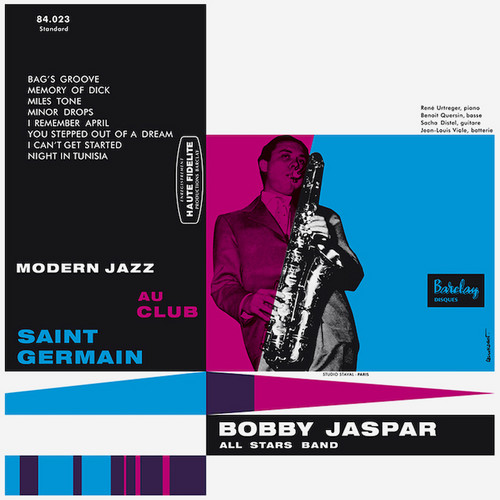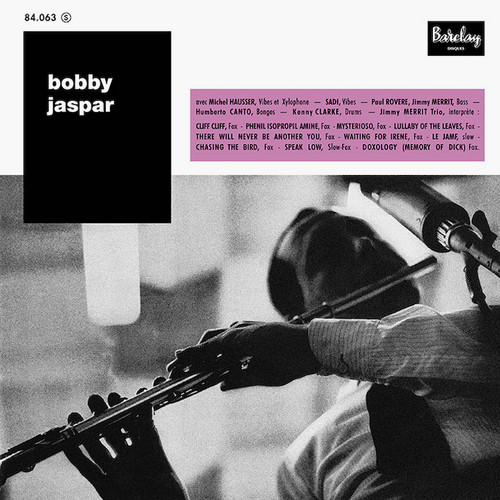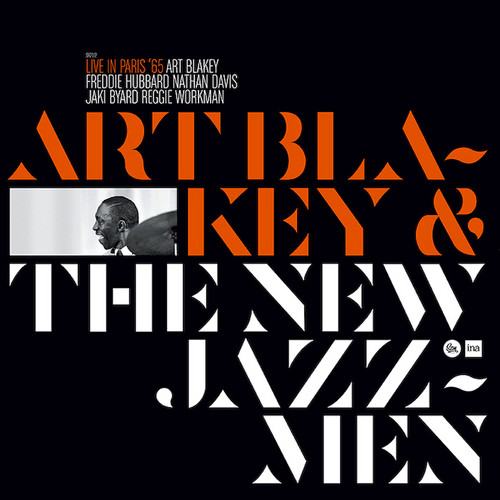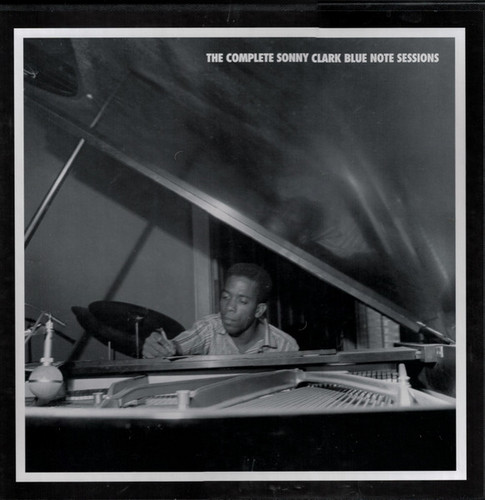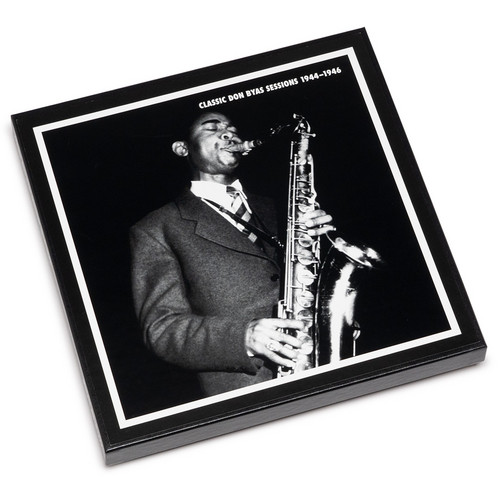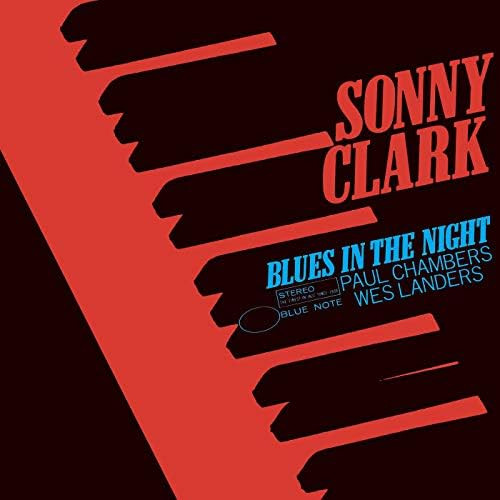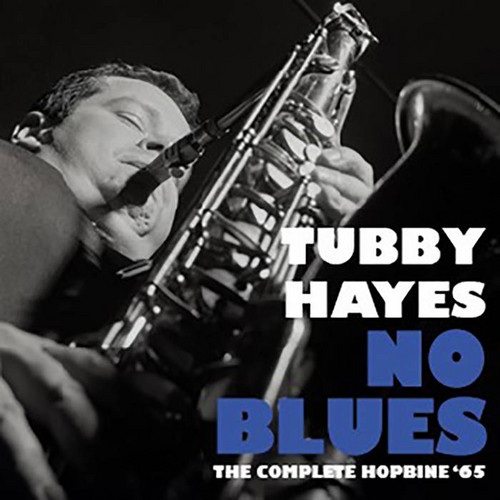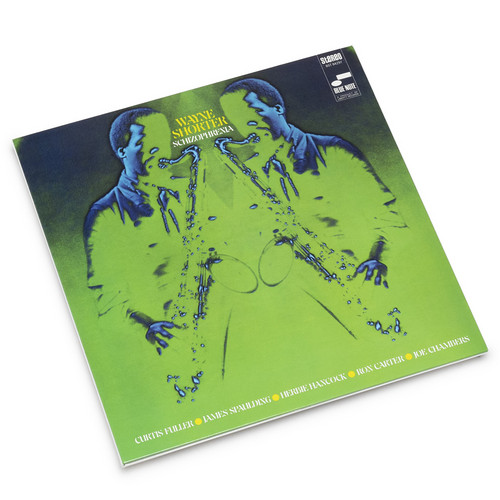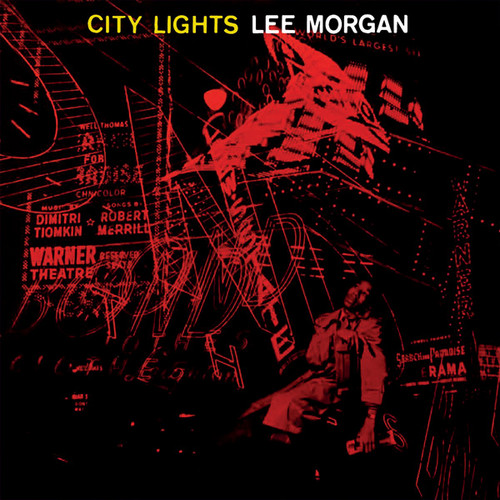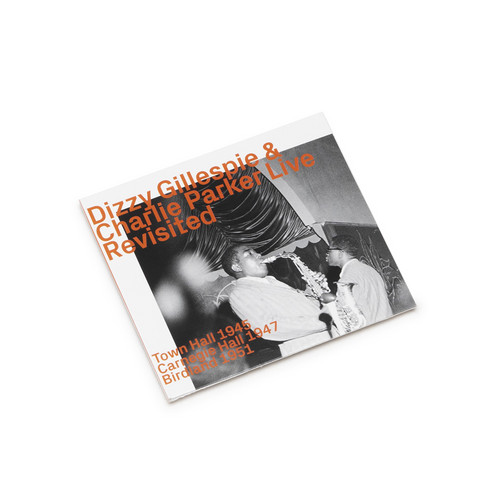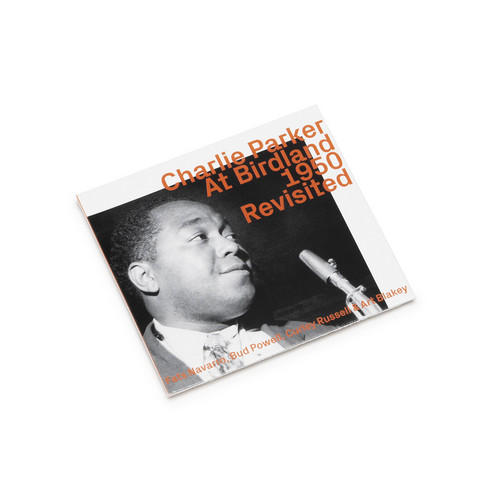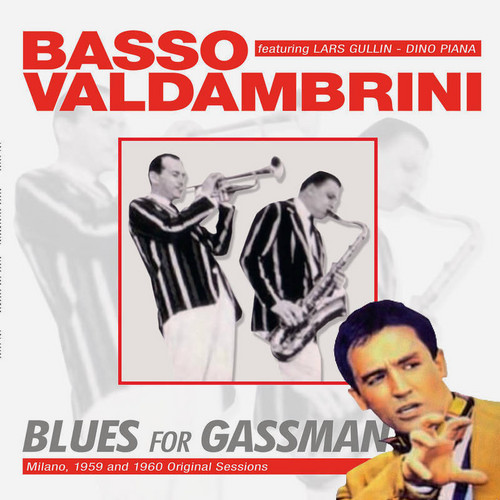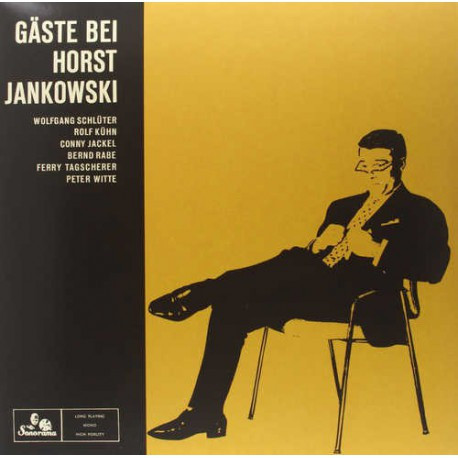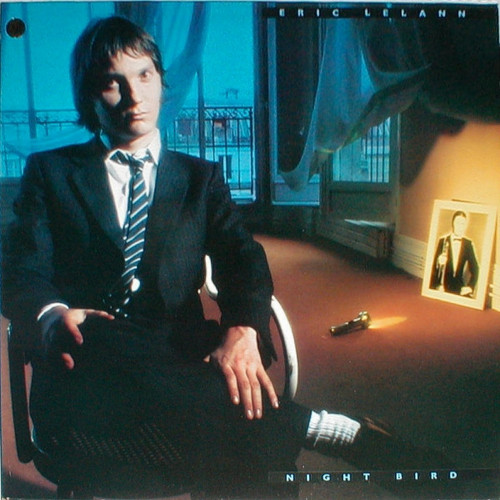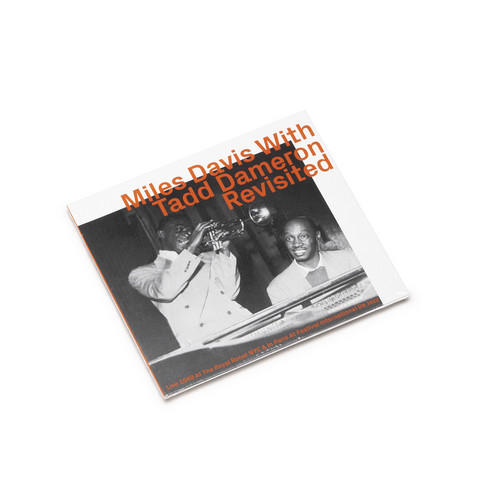Jazz /
Say It Loud!
Lou Donaldson had been a Blue Note stalwart since his earliest recordings in 1952 and over the following 15 years produced numerous classic dates spanning bebop, hard bop, and soul jazz. But when the alto saxophonist hooked up with the funky drummer Leo Morris (aka Idris Muhammad) for 1967’s Alligator Bogaloo it began a run of great groove-oriented albums including Mr. Shing-A-Ling, Midnight Creeper, and 1968’s Say It Loud. Filling out the band were Donaldson’s fellow Blue Note labelmate trumpet…
Sonny Clark Project
2025 stock The Sonny Clark Project is a jazz ensemble dedicated to interpreting and celebrating the works of the renowned American hard bop pianist and composer, Sonny Clark. The project aims to honor Clark's legacy by performing his compositions and bringing his music to contemporary audiences.Sonny Clark, born in 1931, was a significant figure in the hard bop movement of the 1950s and 1960s. He collaborated with notable artists such as John Coltrane, Art Farmer, and Grant Green, contributing t…
Live In Amsterdam
*2025 stock* Warehouse fund ! The legendary Monk's quartet appearance at the world-famous Concertgebouw in Amsterdam in May 1961. The high priest of Bop, one of the most important, if enigmatic figures in modern Jazz together with three of his main disciples, tenor sax specialist Charlie Rouse and the ultra dynamic rhythm section of John Ore - double bass and Frankie Dunlop - drums, in a wonderful performance based on super tight renditions of classic tunes such as Jackie -ing, Straight No Chase…
The Sounds Of Yusef
*Warehouse fund* Recorded in 1957 and released on the Prestige label, "Sound of Yusef" features Lateef's quintet with Wilbur Harden - flugelhorn, Hugh Lawson - piano, Ernie Farrow - bass, and Oliver Jackson - drums. Lateef's aesthetic was a perfect mixture of hard-driving jazz and a variety of ethnic materials. Even though If compared to later works, "Sounds of Yusef" is still very much rooted in Jazz while the use of traditional ethnic instruments adds colors and flavors without really deviatin…
Candy
Recorded in 1957 when Lee Morgan was only 19, and released on Blue Note in 1958, "Candy" sees the young trumpet genius as leader of a marvelous quartet featuring the infectious rhythm section of Sonny Clark on piano, Doug Watkins on bass and Art Taylor on drums. Being Morgan the only horn he has plenty of space for showing his innate sense of swing and melody. The whole quartet shines throughout a repertoire based entirely on standards including both up tempo numbers and ballads.
Modern Jazz Au Club St-Germain
"After hitting Paris in 1950, saxophonist Bobby Jaspar enthralled jazz fans and jazzmen alike with his smooth, elegant playing, with the lyricism of his tranquil phrases heavily influenced by Stan Getz in particular. So when Jaspar began regularly performing with a small ensemble at the Club St-Germain five years later, he adopted the same instrumentation as that of his idol’s illustrious quintet, with Sacha Distel on guitar and René Urtreger on piano in the roles of Jimmy Raney and Al Haig, res…
Bobby Jaspar
*2024 repress* Belgian jazz artist Bobby Jaspar died far too young at age 37 in 1963, but fortunately made a handful of memorable dates as a leader. This is the last studio session under his name. Jaspar sticks exclusively to flute on these December 1958 studio recordings. He’s joined by drummer Kenny Clarke, Sadi Lallemand or Michel Hausser (who also doubles on xylophone) on vibes, and either Paul Rovere or Jymie Merritt on bass, as well as percussionist Humberto Canto (on one of the two sessio…
Live In Paris '65
A never-before released Art Blakey 1965 live recordings. First official release with the full permission and cooperation of the Art Blakey Estate & INA (Institut National de l’Audiovisuel).
The Complete Sonny Clark Blue Note Sessions
“Sonny Clark’s music, in one of jazz’s truly magical periods, provides as good an example as any of both the music’s most lasting qualities and its transcendent nature.”
Classic Don Byas Sessions 1944 - 1946
Don Byas Takes His Place Among the Greats
A historical document of jazz at a time when the musicians, steeped in the swing tradition, were creating and setting the mold for the modern sounds of bebop.
Blues In The Night
Back in stock ! The piano trio material included in this reissue, constitutes a body of work which was never released in LP format during Sonny Clark's tragically short life. Clark was an underrated master of the hard bop genre who had a very subtle, artful touch. On this date, he exhibits the influence of Ahmad Jamal and Red Garland (a lighter sound) and less of the Bud Powell-inspired, hard-driving bebop lines. The arrangements are simple and concise; the tunes are all well-known standards. So…
No Blues (The Complete Hopbine '65)
“He said ‘who the fuck are you?” so I said, “I’m the bass player”. And all he said was “Well, we’ll see about that, won’t we?” When Tubby Hayes arrived at the Hopbine, Wembley’s popular jazz pub, one evening in the spring of 1965, his career was in a state of flux; still topping polls and casting an impressive shadow over the British jazz scene, he nevertheless remained frustrated. The elongated free-flights of John Coltrane and Sonny Rollins now held his fascination and although actively search…
Schizophrenia
"Wayne Shorter’s Schizophrenia found the legendary saxophonist at the pinnacle of post-bop with a sextet of like-minded musical explorers including James Spaulding, Curtis Fuller, Herbie Hancock, Ron Carter & Joe Chambers performing Shorter originals like ‘Tom Thumb’, ‘Go’, and ‘Miyako’. Recorded on March 10, 1967, at Van Gelder Studios, Englewood Cliffs, New Jersey." - HHV
City Lights
Sowing Records present a reissue of Lee Morgan's City Lights, originally released on Blue Note in 1957. City Lights is the result of a fine session recorded at the legendary Rudi Van Gelder studio by an all-star sextet featuring the 19 years old trumpet genius Lee Morgan plus an impressive coalition of jazz stylists such as Curtis Fuller on trombone, George Coleman on tenor sax, Ray Bryant on piano, Paul Chambers on bass, and Art Taylor on drums. All great players caught here in top form while d…
Dizzy Gillespie & Charlie Parker At Town Hall 1945, Carnegie Hall 1947 & Birdland 1951 "Revisited"
Temporary Super Offer! When Charlie Parker and Dizzy Gillespie went into the recording studio together on 28 February 1945, they had already served a shared apprenticeship in the big bands of Earl Hines and Billy Eckstine, had jammed informally exploring their common interest in adventurous extensions of swing harmonies and reconfigured rhythms, and were, individually and collaboratively, prepared to redirect the course of modern jazz. That session shouldn’t in any way be considered the public “…
Charlie Parker At Birdland 1950 "Revisited“
Temporary Super Offer! "This one was working. This one always had been working. This one was always having something that was coming out of this one that was a solid thing, a charming thing, a lovely thing, a perplexing thing, a disconcerting thing, a simple thing, a clear thing, a complicated thing, an interesting thing, a disturbing thing, a repellant thing, a very pretty thing. This one was one whom some were follow-ing. This one was the one who was working.” Gertrude Stein’s 1910–11 descrip…
Blues For Gassman
Limited edition The most valuable of Gürtler’s (founder of Saar Records in 1950) jewels came from the jazz world. Gürtler donated all his passion and expertise to jazz, financing every project without complaints. The jewel in the crown of his productions was the LPJ 5007 album (Basso-Valdambrini Octet), considered by critics the best one ever published in Italy till that moment. The records selection, to which also Gürtler took part, leaned towards the classic themes of the American repertoire, …
Gäste Bei Horst Jankowski
*2023 stock* Horst Jankowski was a classically trained German pianist, most famous for his internationally successful easy listening music. Born in Berlin, Jankowski studied at the Berlin Music Conservatory and played jazz in Germany in the 1950s, serving as bandleader for singer Caterina Valente.
Night Bird
*2023 stock* First recording of Eric Le Lann under his name in 1983. Around him, a group composed of Césarius Alvim on bass, André Ceccarelli on drums and Olivier Hutman on piano and Rhodes which escorts the sublime phrasing of a trumpet entirely placed on the melody. The quartet is of a remarkable flexibility, sonority and unity. A hell of a quartet!
Miles Davis with Tadd Dameron Revisited
"In the spring of 1949, the music was ready to undergo a transformation. Both Miles Davis and Tadd Dameron were experimenting with their larger groups, but they were also presented with the opportunity to travel to Paris, to present a programme of new music at an international jazz festival there." - Brian Morton
